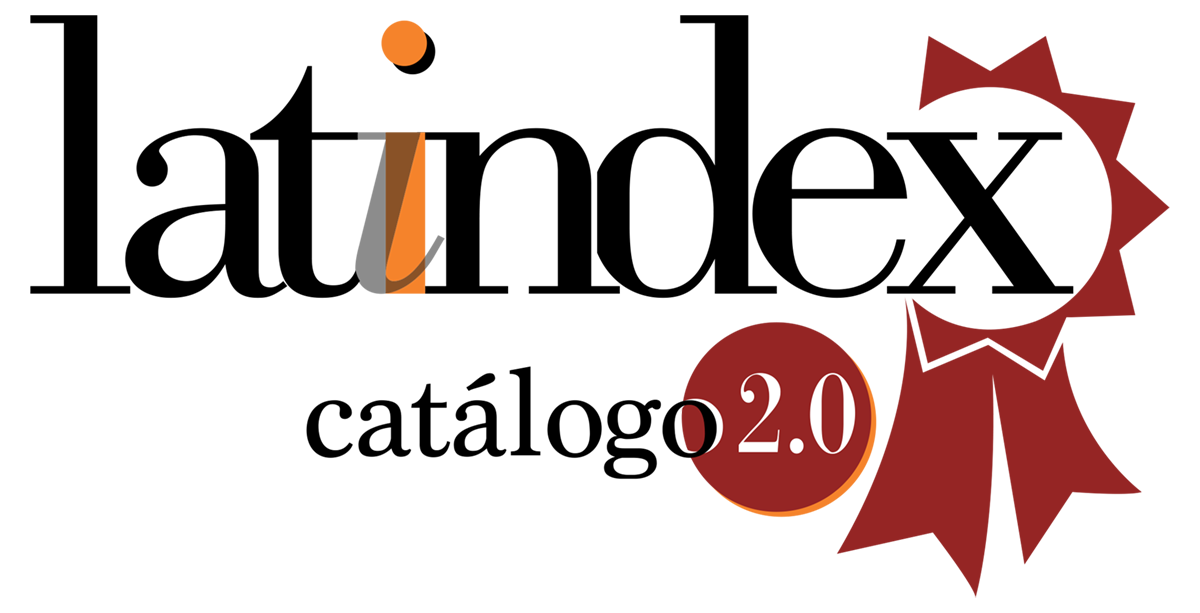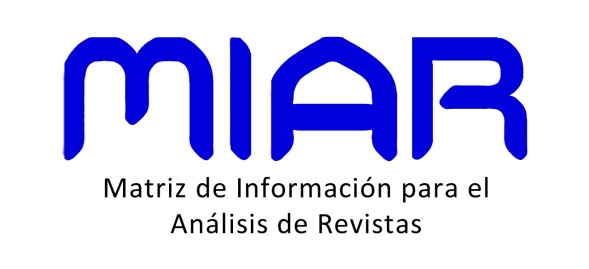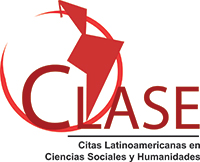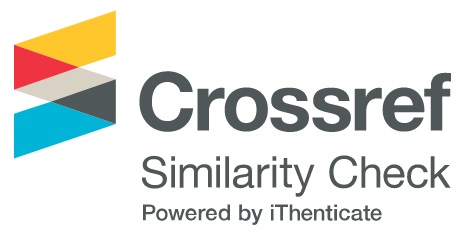Income polarization in Argentina: pure income polarization, theory and applications
Keywords:
JEL: D31, D63, I32Abstract
This paper applies newly developed methods for the computation of income polarization by Duclos-Esteban-Ray (2004) to the Argentine case between 1998 and 2002. We find that despite the slowdown in the growth of the inequality, the rate of growth of polarization increased every year. Low-income groups in the population were those who contributed the most to polarization. The results of a micro-decomposition show that on average all the effects led to an increase in polarization between 1998 and 2002. Although most of the change came from unobservable factors, region, returns to education and return to experience had a moderate impact. Furthermore, polarization increased within every geographic region. This change had different intensity throughout them leading to distinct levels of "tension" within the country.
Downloads
Metrics
Downloads
Published
How to Cite
Issue
Section
License
The material published in the journal is distributed under a Creative Commons Attribution-NonCommercial-NoDerivatives 4.0 International (CC BY-NC-ND 4.0) license. This license requires proper credit to be given, a link to the license to be provided, and changes to be indicated. It does not permit commercial use of the work, and if the work is remixed, transformed, or otherwise modified, distribution of such modification is not allowed.





























